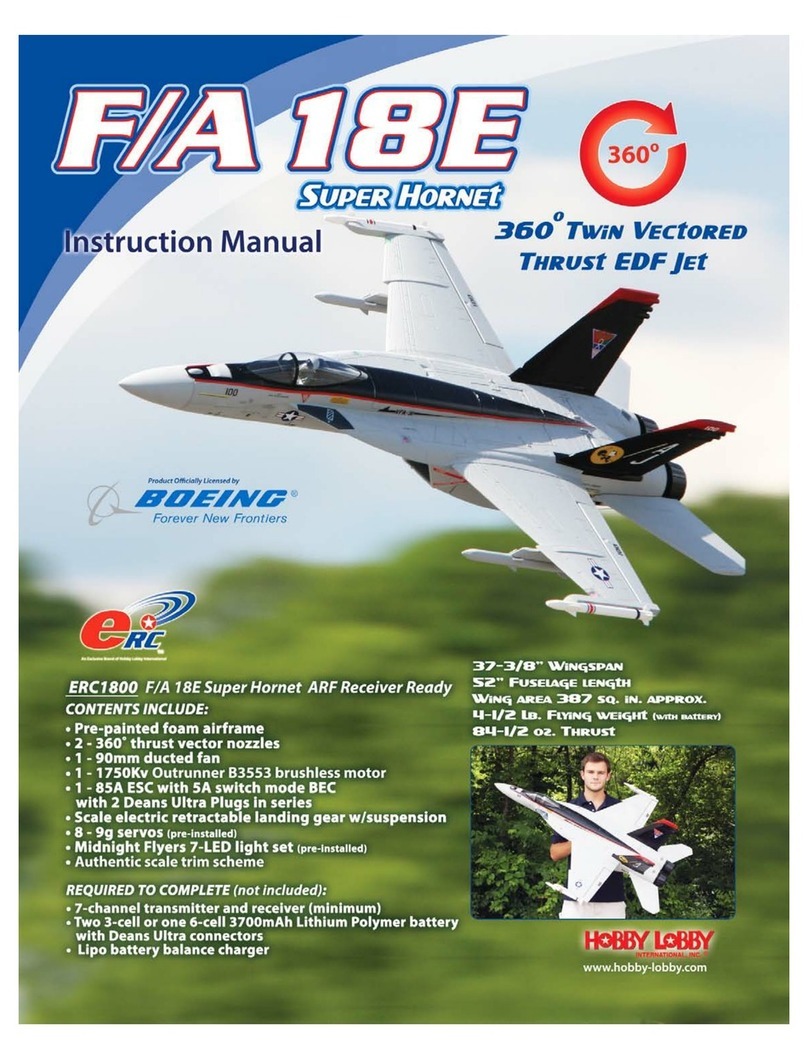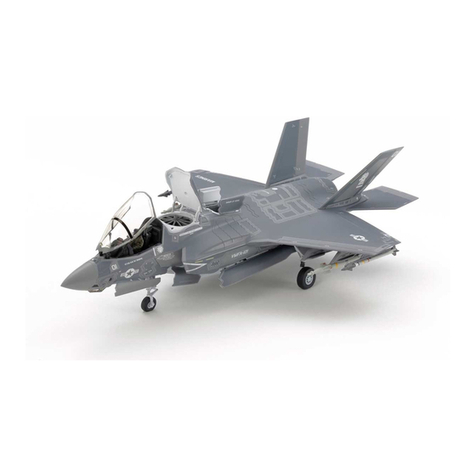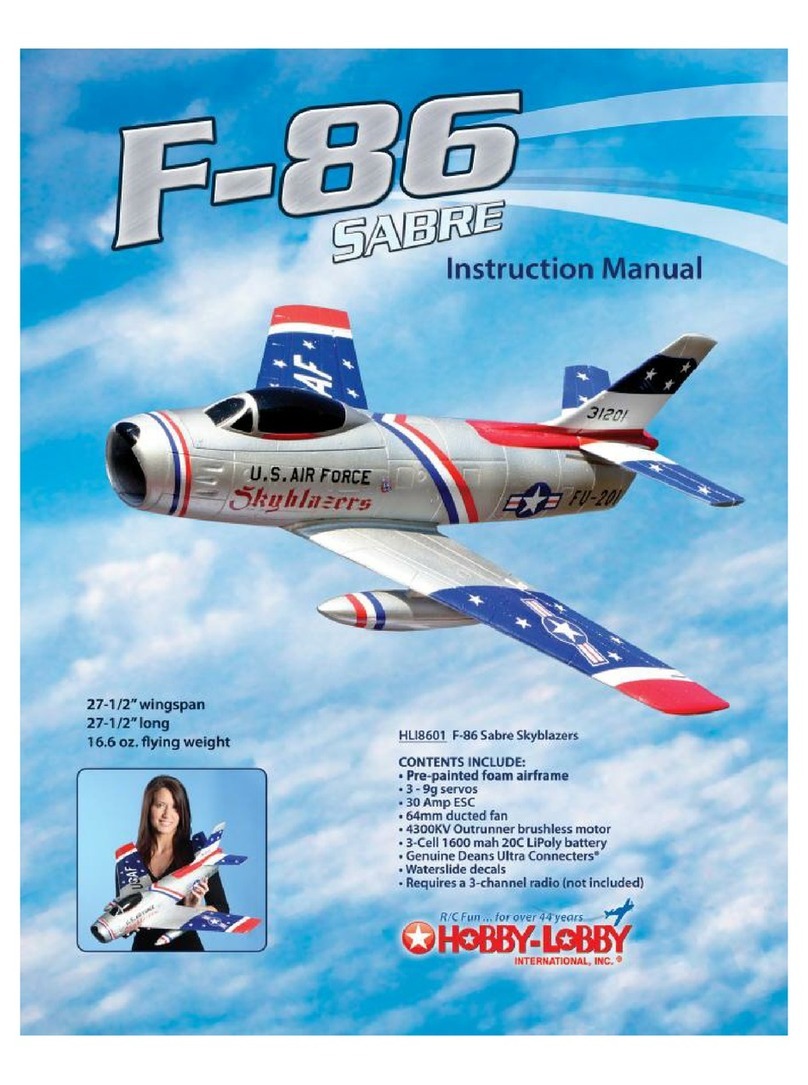Hobby-Lobby Funster V2 User manual
Other Hobby-Lobby Toy manuals
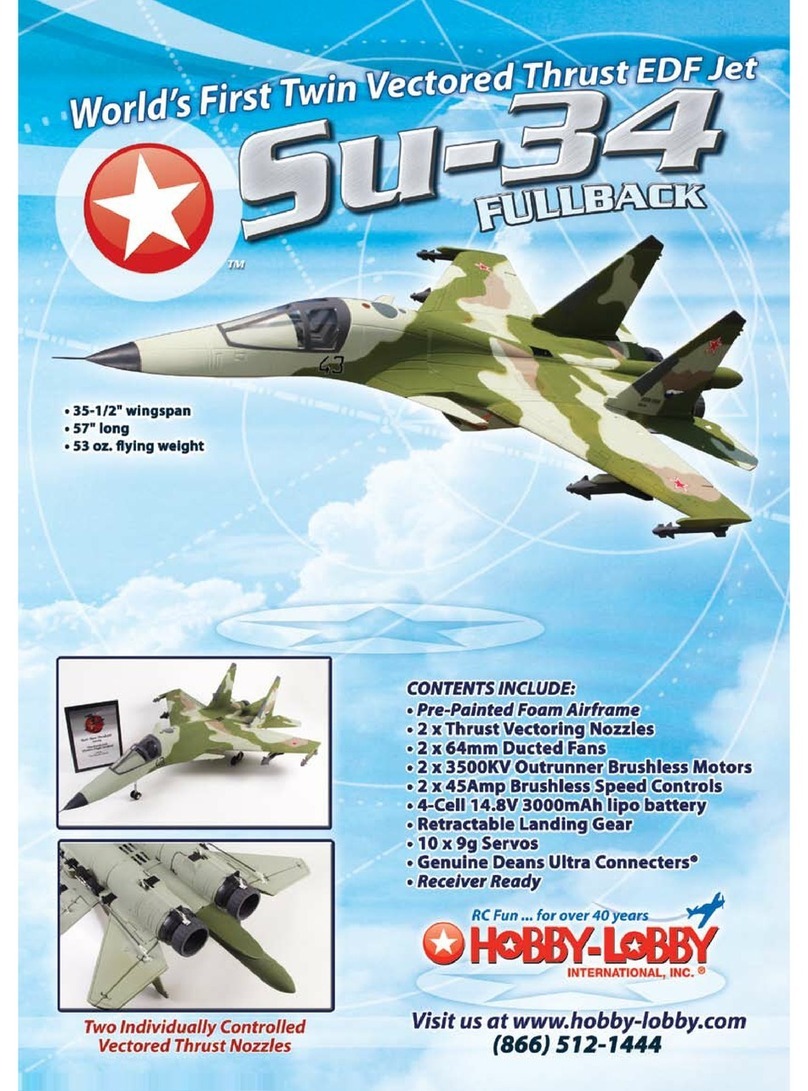
Hobby-Lobby
Hobby-Lobby SU-34 Fullback User manual
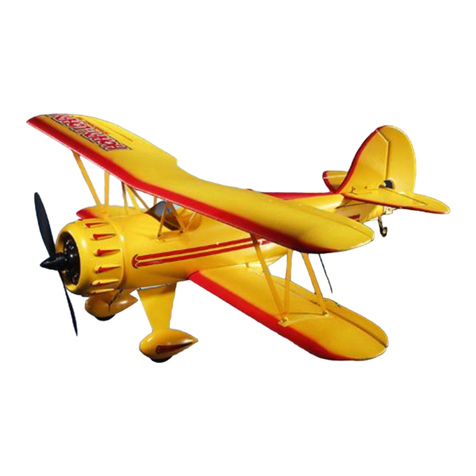
Hobby-Lobby
Hobby-Lobby Waco Biplane RTF User manual
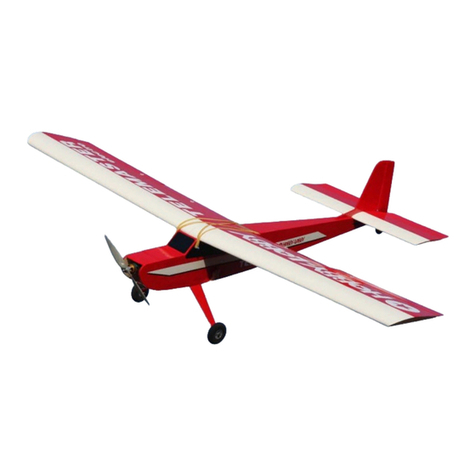
Hobby-Lobby
Hobby-Lobby Telemaster Electro V2 ARF User manual
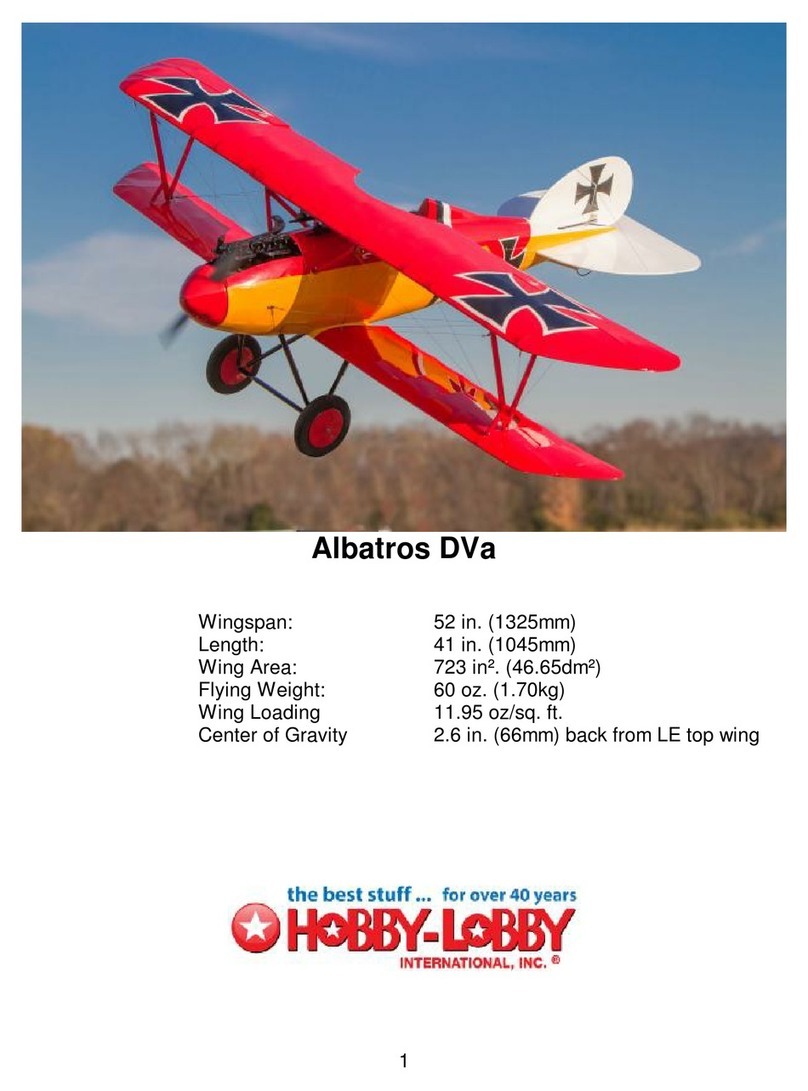
Hobby-Lobby
Hobby-Lobby albatros DVA User manual
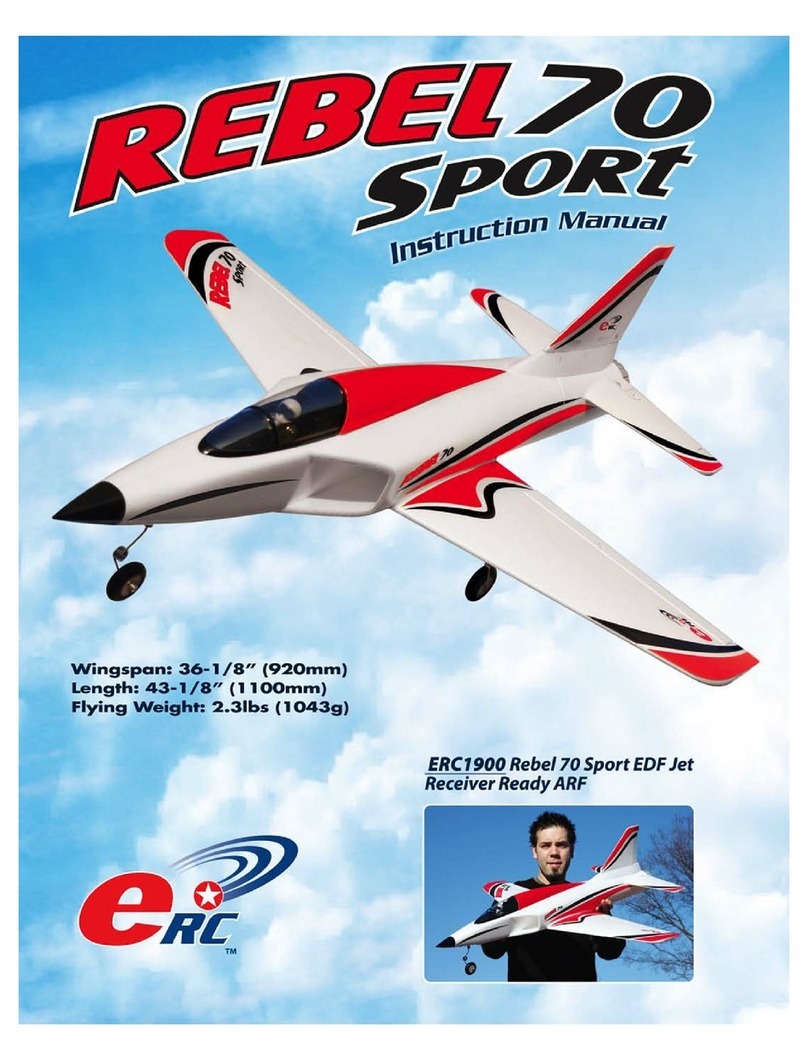
Hobby-Lobby
Hobby-Lobby Rebel 70 Sport Jet User manual
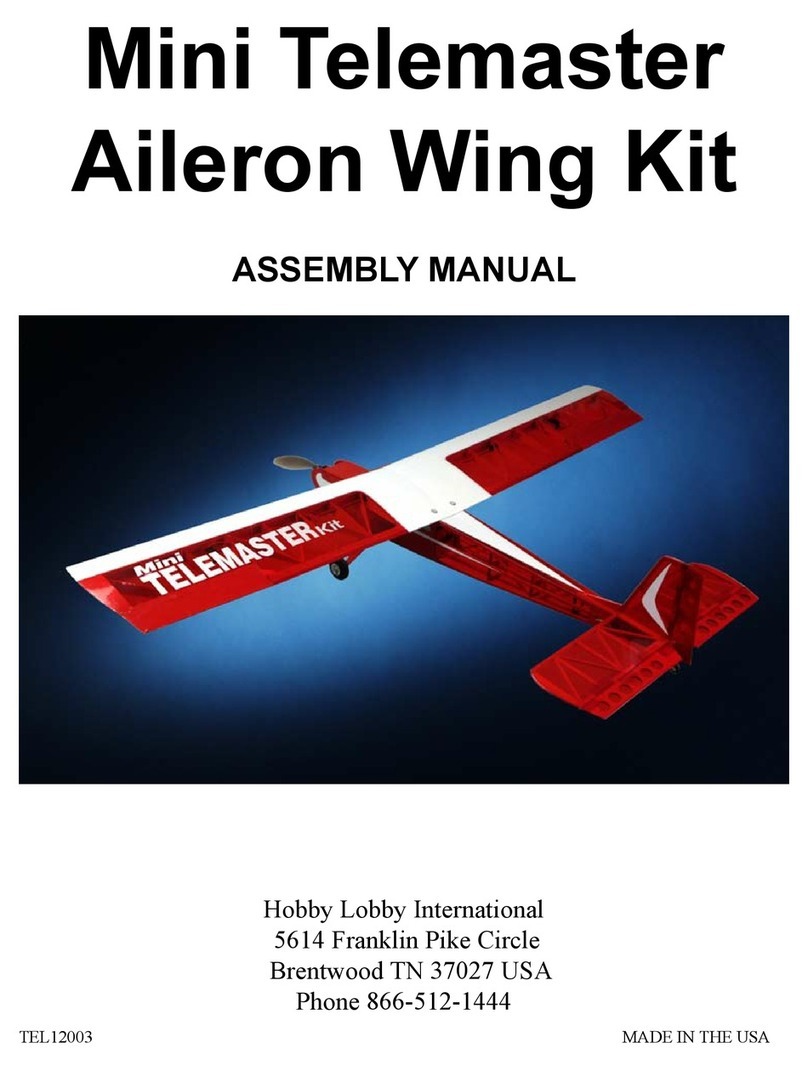
Hobby-Lobby
Hobby-Lobby Mini Telemaster Aileron Wing Kit User manual
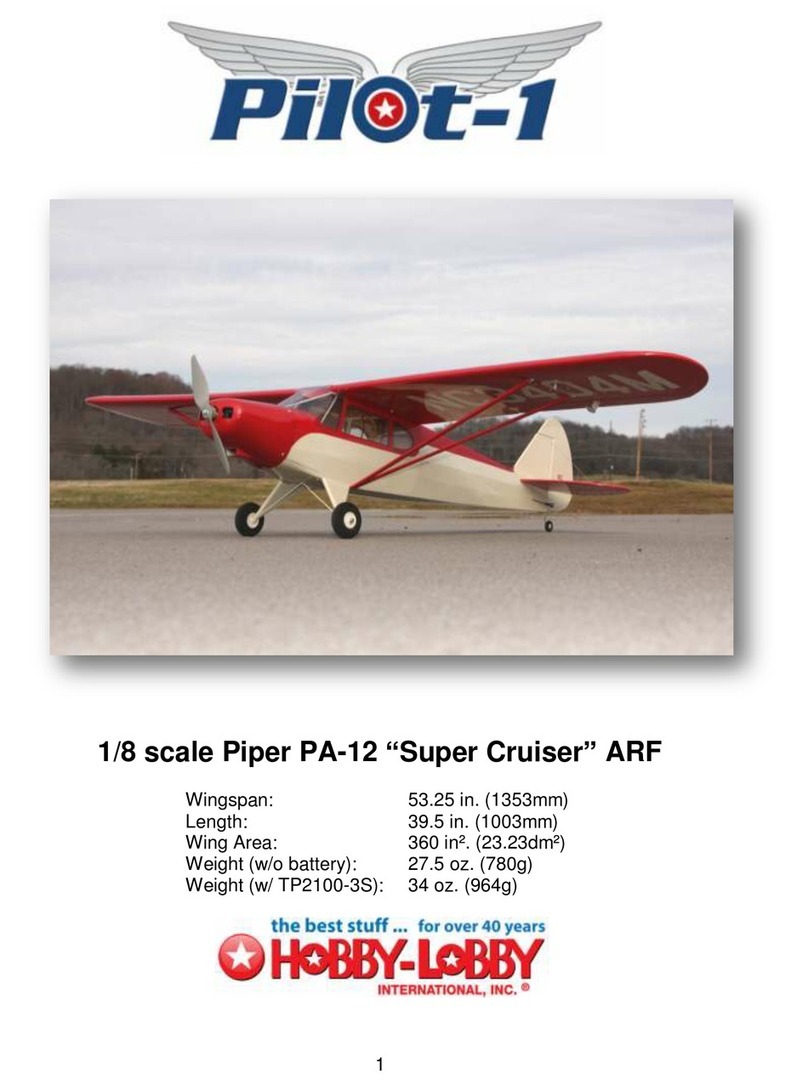
Hobby-Lobby
Hobby-Lobby Piper PA-12 Super Cruiser User manual
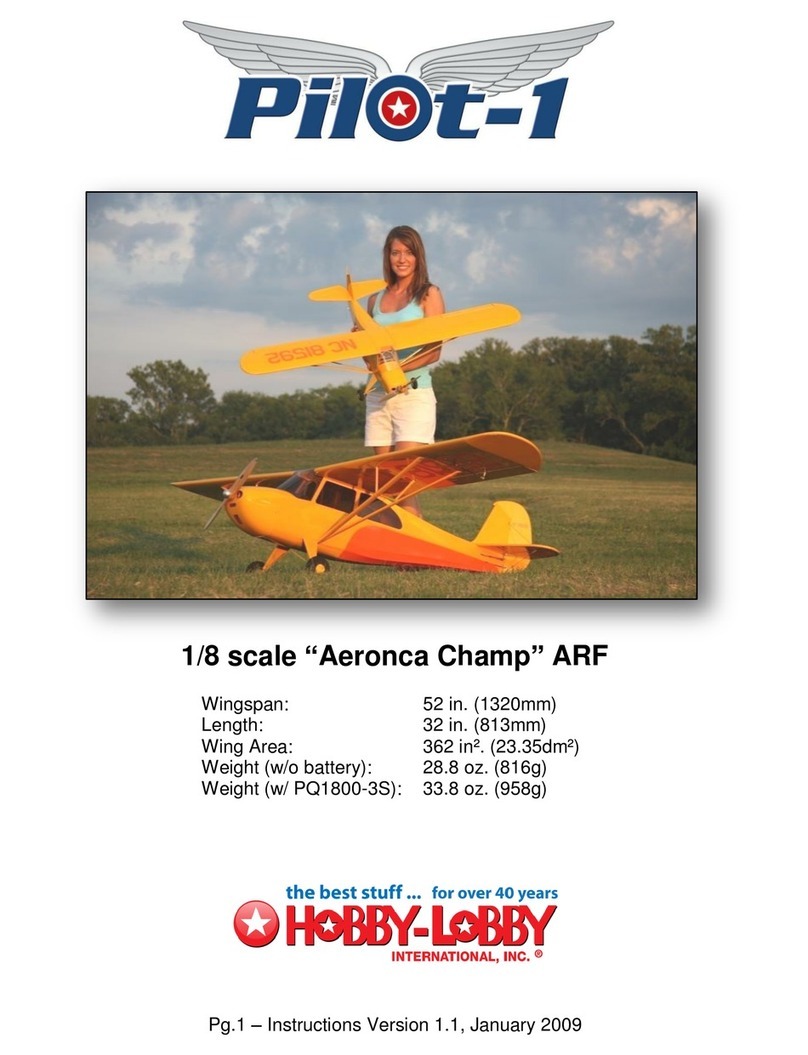
Hobby-Lobby
Hobby-Lobby Pilot-1 User manual
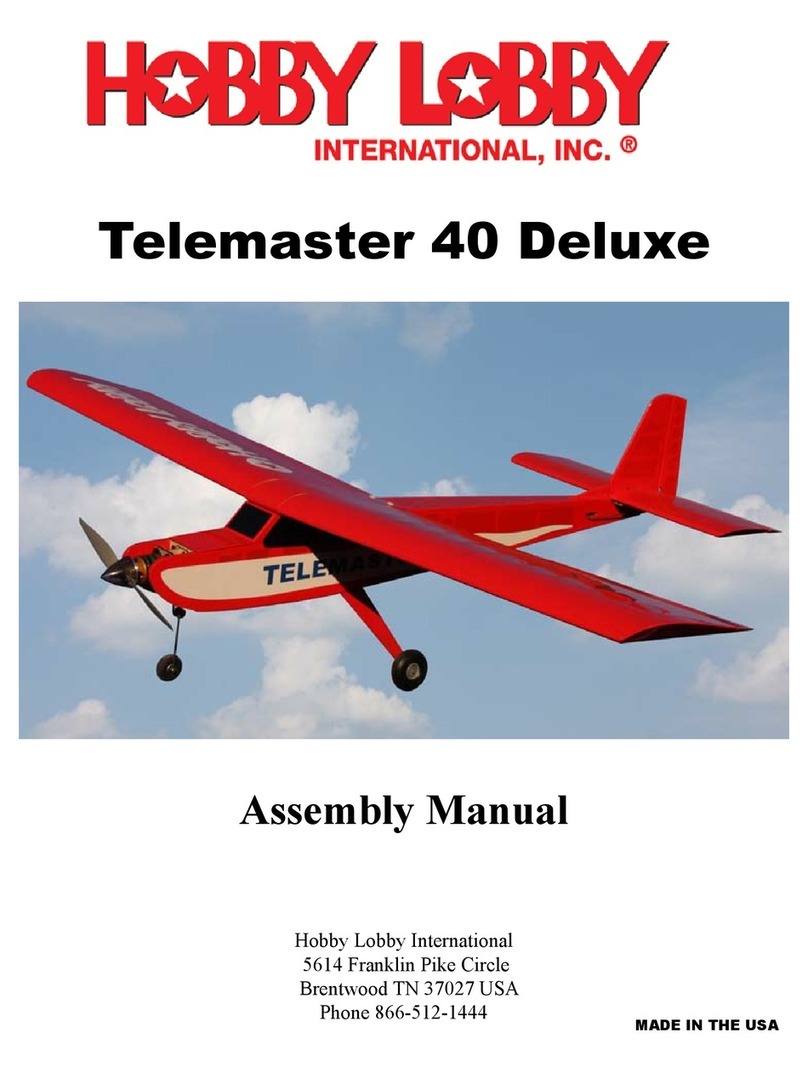
Hobby-Lobby
Hobby-Lobby Telemaster 40 Deluxe User manual
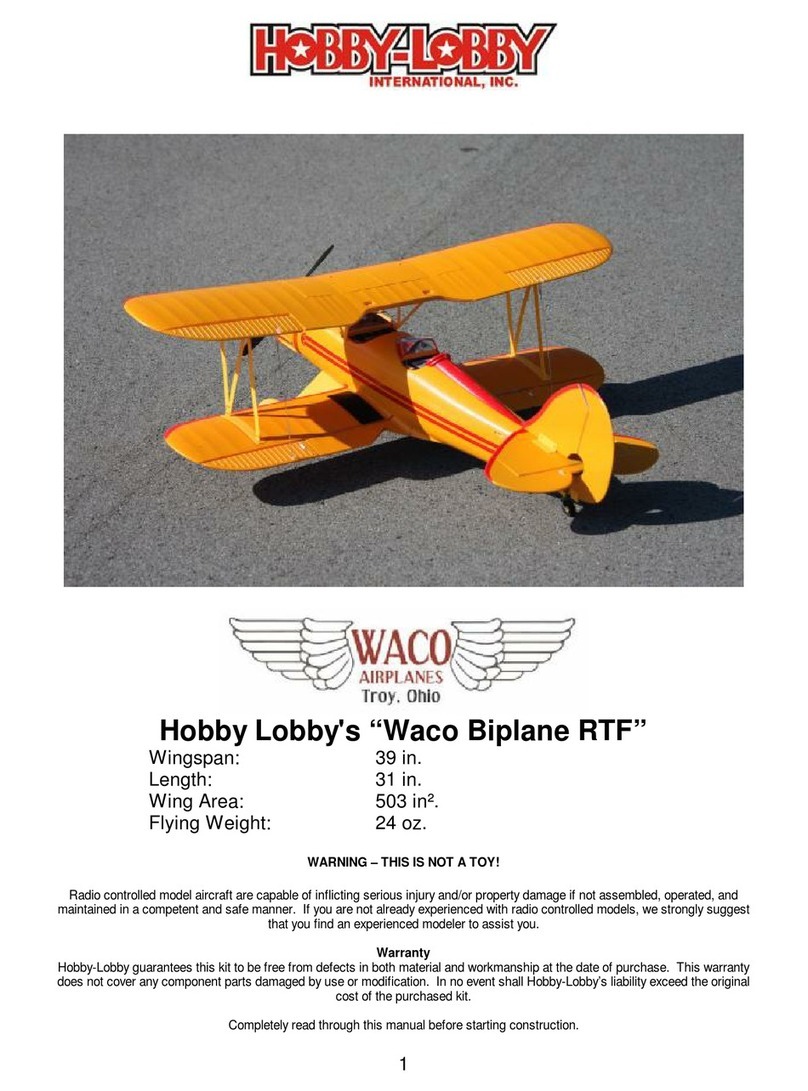
Hobby-Lobby
Hobby-Lobby ESM1100 User manual
Popular Toy manuals by other brands

FUTABA
FUTABA GY470 instruction manual

LEGO
LEGO 41116 manual

Fisher-Price
Fisher-Price ColorMe Flowerz Bouquet Maker P9692 instruction sheet

Little Tikes
Little Tikes LITTLE HANDIWORKER 0920 Assembly instructions

Eduard
Eduard EF-2000 Two-seater exterior Assembly instructions

USA Trains
USA Trains EXTENDED VISION CABOOSE instructions

